Planning Your new
Herbal Tea Garden
With a little bit of pre-planning, your herbal tea garden will be a breeze to plant and to care for throughout the growing season!
Just follow 3 simple steps:
- Choose a location.
- Decide which herbs to grow.
- Create a simple garden plan (optional, but highly recommended!)
Yep, it's really that easy! So let's get to it ...
What's On This Page
(Click a link to jump straight to that section)
where to grow your herbs
In the ground or in containers? That's the first thing to think about.
- Is there room in your yard for an herb garden bed?
- Would a few herb plants fit into your flower or veggie garden?
- Could you use containers on your patio, deck or balcony?
Here's how to choose the best place to grow your herbal teas ...
In-the-Ground Gardens
Go outside and look around. Get to know "the lay of the land" from an herb's point of view. You're look for a spot that's:
- Relatively flat with good drainage. Herbs can handle less-than-perfect soil
conditions. But they won't be happy if their roots are consistently
soggy. So scout out a location that doesn't routinely have "standing
water" after a rain storm or during spring thaw.
- Sunny most of the day. For
your herbs to thrive and have good, rich flavor, they'll need at least 6
to 8 hours of direct daily sunlight. Dappled shade is good, especially
if you live in a tropical climate.
- Has good air flow.
Exposure to fresh air does wonders for herb plants! Swaying in a gentle
breeze helps the roots and stems of small seedlings grow stronger. And a
good flow of air around and through the plant goes a long way to
preventing powdery mildew and other diseases on more mature plants.
- Near a fresh water supply. Make watering easy on yourself! Look for available growing spaces reasonably close to a water source. That way, you won't have to lug heavy water buckets or a 50' length of hose every time your herbs need a drink. ;-)
Is there a spot like that in your yard? You're in luck!
If not, then grow your herbs in containers ...
Container tea Gardens
Set in a sunny, airy spot, and planted in well-draining potting mix, nearly all tea herbs grow just as well in containers as they do in a garden bed.
Actually, some herbs are best suited to containers to constrain their natural super-spreader habits. (I'm lookin' at you, mints!)
So let your imagination run wild as you think about where you'll grow your tea!
You might find the perfect spot on your deck, patio or balcony ....
 Planter Filled With Chocolate Mint On My Deck
Planter Filled With Chocolate Mint On My DeckIn a window box ...
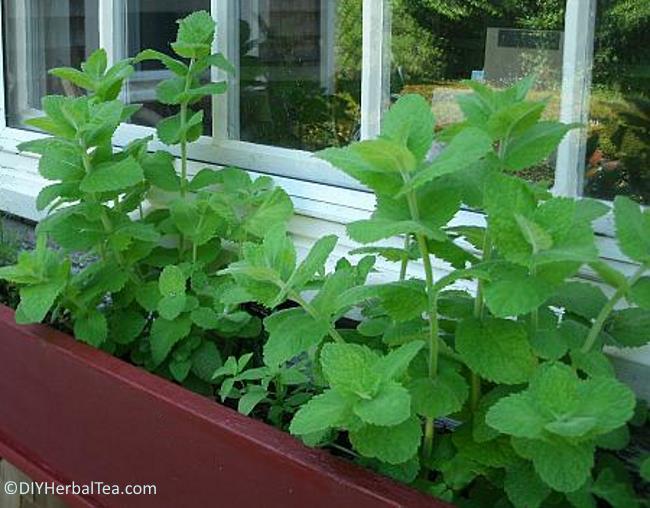 Apple Mint Outside My Kitchen Window
Apple Mint Outside My Kitchen WindowIn a "garden on wheels" ...
 An Old Wheelbarrow Filled With Three Different Mints
An Old Wheelbarrow Filled With Three Different MintsEven in a bale of straw ...
 The Beginnings of My Straw Bale Tea Garden
The Beginnings of My Straw Bale Tea GardenSeriously! Straw bale gardening works like a charm!
And the best part is: you can grow things in the craziest places ... like on top of a cement slab, as I did in the photo above.
Recommended Resource
Want to know more about Straw Bale Gardening?
Learn from Joel Karsten, the man who invented the process. His book, Straw Bale Gardens Complete, is available on Amazon.
Grab a copy of the book and have fun growing your own bale of tea!
*TIP: For more inspiration, check out "24 Clever Repurposed Garden Containers" from Family Handyman!
[Jump back up to: "What's On This Page"]
WHich herbs to grow
Now we've come to the exciting part of planning an herbal tea garden: choosing which herbs to grow.
all-time favorite tea herbs
For first-time herbal tea gardeners, I suggest starting out with three of the most popular, easy-to-grow tea herbs:
You can use them for "simples" (a single-herb tea), or create your own blends.
With just these three herbs, you'll have lots of yummy flavors and scents to brew and experiment with!
[Jump back up to: "What's On This Page"]
create a simple garden plan
Be forewarned. If you skip this step, and you end up buying more herb plants and seeds than you have room for ...
Don't come a-cryin' to me. I tried to warn you!
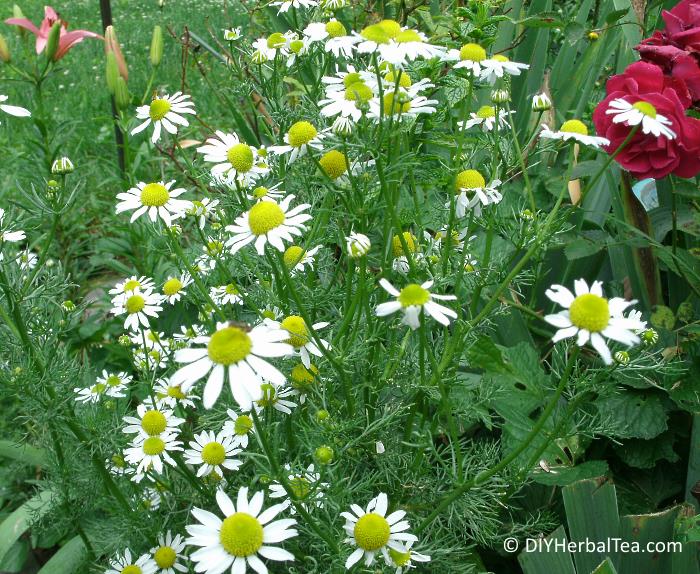 Too Many Chamomile Seeds Planted In Too Little Space
Too Many Chamomile Seeds Planted In Too Little Space(Lesson Learned The Hard Way!)
Okay, now let's talk about sketching your garden plan.
Yes, I said "sketching". But please, don't let any lack of artistic talent hold you back. You're not re-creating the Mona Lisa here. ;-)
Just scribble a bare-bones diagram showing:
- your available growing spaces;
- how much room you have in each space;
- sun/shade conditions in those areas; and
- your fresh water sources.
* Helpful Hint: If you don't have a tape measure handy, you can "guess-timate" the size of your planting spaces.
Just walk and count. Each natural walking stride equals about two and one-half feet.
To give you an idea of what your garden plan sketch might look like, here's one that I made when my hubby and I moved to a new home.

As you can see, my garden plan isn't fancy. It's not even drawn to scale.
This sketch was just enough to remind me of everything I needed to know for my new herbal tea gardens.
No matter how large or small your tea garden will be, do yourself a big favor. Create a basic garden plan!
Make some notes, and keep them handy. You'll be glad to have them when it's time to order your seeds, plants and gardening equipment!

If you enjoyed this article and found it helpful, please click the "Like" button to let me know. Thanks!
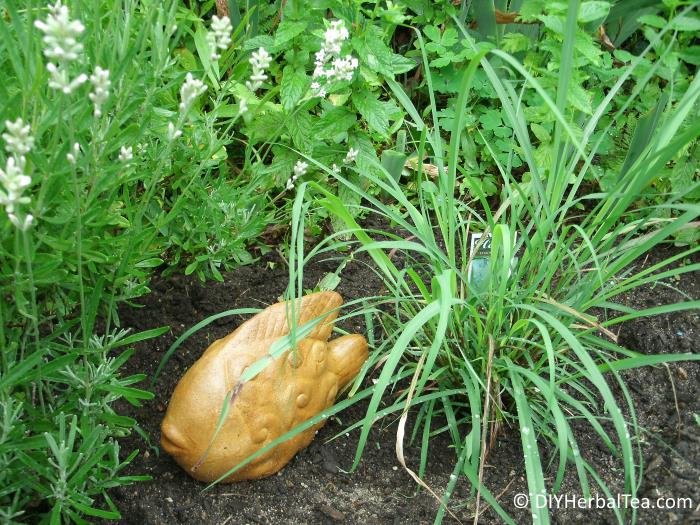

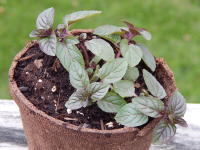
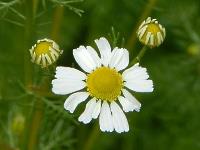
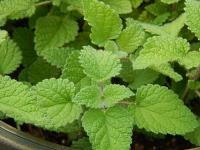
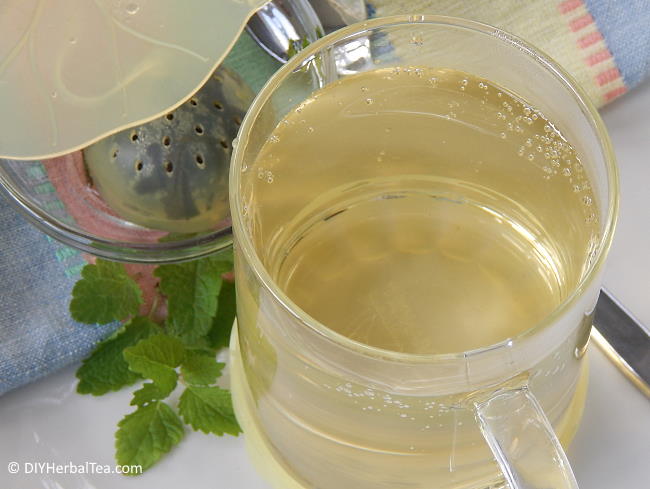
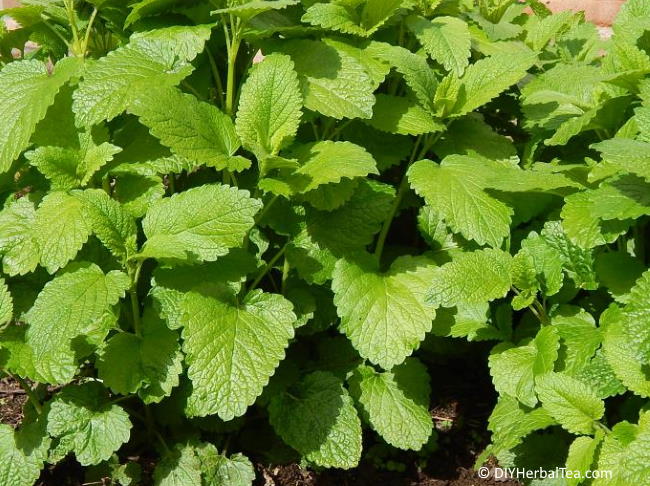
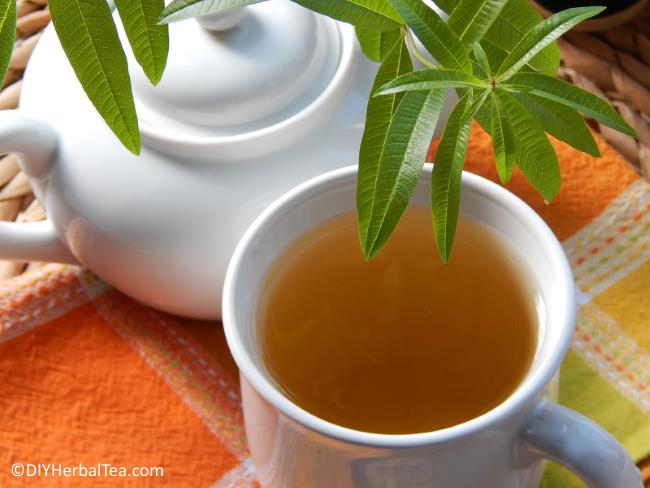
New! Comments
Feel free to leave me a comment in the box below!